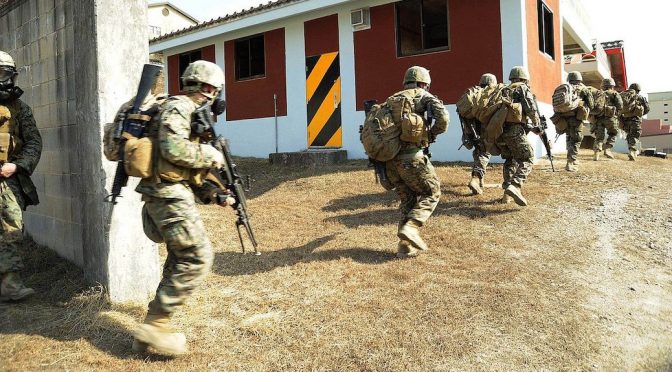Warfare has transformed in the modern age from traditional warfare to more states engaging in non-international armed conflict, like the so called “war on terror.” However, the United States adheres to a standard regarding the end of non-international armed conflicts that deviates from the various approaches of international law practitioners and scholars. In this article,… Continue reading “Until They Are Effectively Destroyed”: The U.S. Approach on the Temporal Scope of Armed Conflicts with Terrorist Organizations
Category: Vol. 11 No. 3
Building Cyber Walls: Executive Emergency Powers in Cyberspace
Most scholars who have tackled the internet “kill switch” subject come to a rather hasty conclusion that the President has the authority to shut down the internet under his emergency powers by invoking section 706 of the Communications Act of 1934 (codified as 47 U.S.C. § 606). Over the years, this supposition has been debated… Continue reading Building Cyber Walls: Executive Emergency Powers in Cyberspace
Fighting in the Unknown: Lawful Measures to Neutralize Subterranean Threats
Subterranean operations have been an aspect of warfare since the beginning of recorded history. No longer just the complex tunnel networks facing U.S. forces during the Vietnam conflict, in today’s modern society, infrastructure to support megacities such as subway systems and sewers provide a third dimension for military planners to consider in conflicts. The need… Continue reading Fighting in the Unknown: Lawful Measures to Neutralize Subterranean Threats



